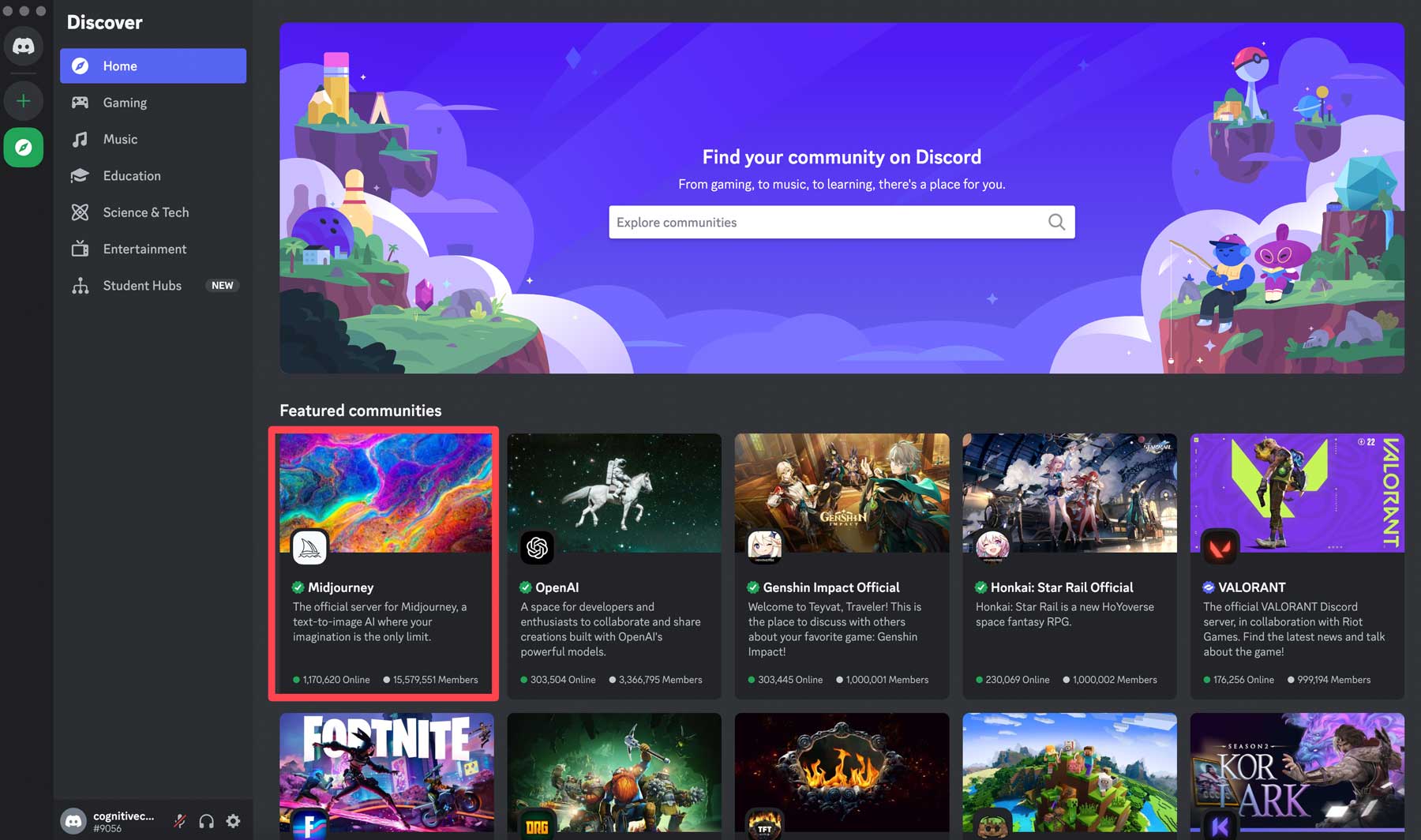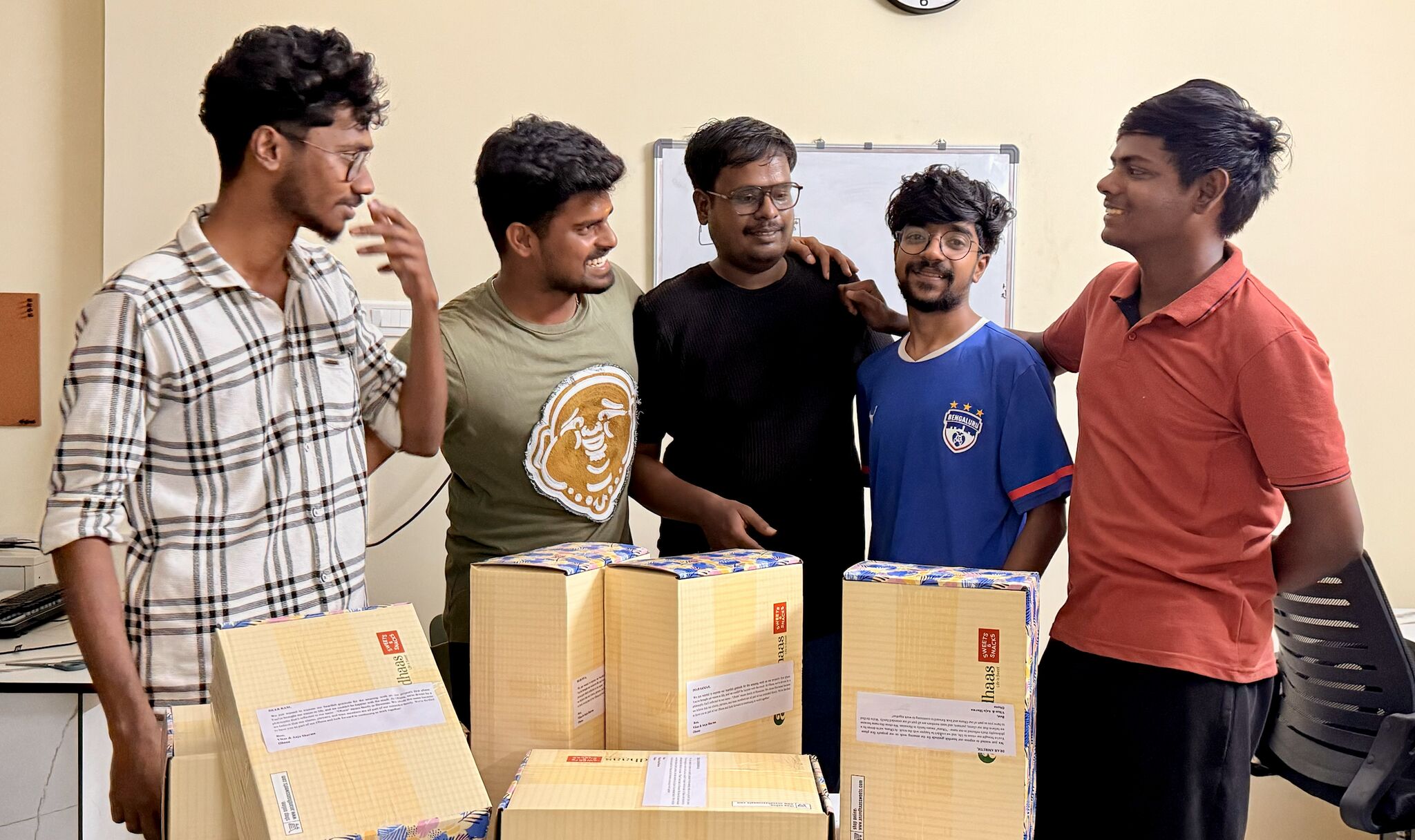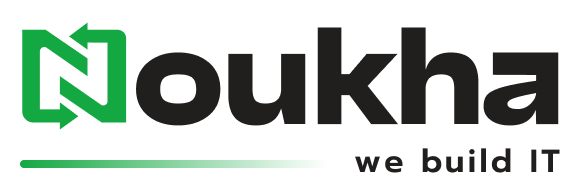The client—a tech startup from Bangalore—had shown me their current website. Generic stock photos everywhere. A hero section that looked like every other SaaS company. Blue gradients, predictable layouts, the works. “We want something that actually represents us,” they said. “Something that doesn’t look like we copied our competitors.”
Sound familiar?
Here’s the thing: most businesses are stuck in this exact same situation. You know your website needs to stand out, but traditional design approaches either cost a fortune or end up looking… well, exactly like everyone else’s.
Then I discovered something that changed everything. Not just for that client, but for how we approach website UI design entirely.
The Problem Nobody Talks About
You’ve probably been there. You hire a web design company, show them examples of sites you like, and somehow the final result feels soulless. It checks all the boxes—responsive design, clean layout, proper navigation—but it doesn’t capture your brand’s personality.
The issue isn’t incompetence. Most UX UI design companies are technically skilled. The problem is that we’ve all been drawing from the same well of inspiration. Same stock photo sites. Same design pattern libraries. Same “best practices” that have homogenized the entire web.
I remember working on a project for a UX UI design company in Coimbatore a few years back. We spent weeks crafting what we thought was a unique design. Then the client sent us three competitor sites that looked almost identical to our mockups. We hadn’t copied them, but somehow we’d all arrived at the same visual solutions.
That’s when I realized we needed to break out of this creative prison.
Enter MidJourney (And Why It’s Different)
MidJourney isn’t just another design tool. It’s more like having a creative partner who’s  seen everything but isn’t constrained by conventional thinking.
seen everything but isn’t constrained by conventional thinking.
Here’s what happened with that Bangalore startup I mentioned: Instead of browsing stock photos, we started describing their company culture to MidJourney. “A tech team working late at night, surrounded by floating code fragments that look like constellation patterns, warm amber lighting, slightly surreal but optimistic.”
The result? Images that actually felt like their brand. Not perfect—some had weird hands, others had lighting issues—but they captured something authentic that no stock photo could match.
The key insight: MidJourney excels at creating visual metaphors for abstract concepts. Your company culture, your brand values, your vision for the future—these things that are nearly impossible to find in traditional photo libraries.
Real-World Implementation (The Messy Truth)
Let me be honest about the process. It’s not as simple as typing a prompt and getting perfect website graphics.
For website redesign services, we typically generate 50-100 images to find 5-10 that actually work. The rest? Unusable for various reasons—wrong aspect ratio, too busy, colors that clash with the brand palette, or just plain weird.
But here’s what makes it worthwhile: those 5-10 keeper images are unlike anything your competitors have. They’re uniquely yours.
Take a recent project for a client looking for professional web design company services in the healthcare sector. Traditional medical stock photos felt cold and clinical. Using MidJourney, we created warm, abstract representations of healing and care—flowing forms that suggested both human connection and scientific precision.
The challenge came during implementation. AI-generated art often has unusual dimensions or color profiles that don’t play nicely with responsive web design. We learned to factor in extra time for optimization and sometimes had to generate variations specifically for mobile layouts.
The Creative Process That Actually Works
After dozens of projects, here’s the workflow that consistently produces results:
Start with emotional keywords, not visual ones. Instead of “modern office space,” try “the feeling of collaboration and breakthrough moments.” MidJourney responds better to concepts than literal descriptions.
Generate in batches with slight variations. Change one element at a time—lighting, composition, color palette—so you can identify what works and what doesn’t.
For a UX design agency US project we worked on recently, we used MidJourney to create abstract data visualizations that felt alive rather than static. The client specialized in making complex software intuitive, and we needed visuals that conveyed both sophistication and accessibility.
The breakthrough came when we started treating MidJourney as a concept artist rather than a photographer. We weren’t looking for final, polished images—we were exploring visual directions that could inform the entire design system.
Industry-Specific Applications
Different sectors require different approaches, and I’ve learned this through trial and error.
For B2B service companies, especially those offering web design services in Coimbatore or other tech hubs, subtle integration works best. We use MidJourney for textural backgrounds, custom section dividers, and unique ways to visualize processes or methodologies. The goal is to add personality without overwhelming the professional credibility.
E-commerce is where MidJourney really shines. Product lifestyle shots, seasonal campaign imagery, category headers that tell a story—all generated specifically for your brand rather than licensed from someone else’s vision.
I worked with a fashion startup that needed hundreds of lifestyle images but had a limited photography budget. We used MidJourney to create atmospheric backgrounds and then composited their actual product photos into these AI-generated environments. The result looked like a high-budget fashion shoot at a fraction of the cost.
The Mistakes I’ve Made (So You Don’t Have To)
Early on, I got carried away with the novelty. Generated too many dramatic, artistic images that looked amazing but didn’t serve the website’s actual purpose. Pretty visuals don’t convert if they distract from your message.
Another mistake: relying too heavily on AI art for human-facing content. For team pages, customer testimonials, or anything requiring authentic human connection, real photography still wins. AI-generated people often feel uncanny, even when technically well-executed.
Quality control became crucial after a client nearly published a homepage hero image with a subtle but noticeable distortion in the background. Now we have a systematic review process for every AI-generated element.
Where This Is All Heading
The landscape changes monthly. MidJourney keeps improving, and new tools emerge regularly. But the fundamental shift is clear: the barrier between having an idea and  visualizing it has basically disappeared.
visualizing it has basically disappeared.
For website redesign services in Coimbatore and beyond, this democratizes creativity in ways we’re still figuring out. Small businesses can now afford visual uniqueness that was previously reserved for companies with massive design budgets.
At Noukha, we’re seeing clients who would never have considered custom illustration now asking for AI-generated visual narratives. The technology has made the impossible accessible.
But—and this is important—the human element becomes more crucial, not less. Knowing which images serve your brand strategy, understanding how visuals impact user experience, recognizing when something feels authentic versus artificial—these skills matter more than ever.
Making It Work for Your Brand
The best results come from treating MidJourney as part of a larger design strategy, not a replacement for good thinking. We still start with user research, competitive analysis, and clear objectives. AI art enhances these foundations rather than replacing them.
For businesses considering this approach, start small. Generate a few hero images or background textures before committing to an entire visual system. See how your audience responds. Iterate based on actual user behavior, not just aesthetic preferences.
The future belongs to brands that can balance technological innovation with human insight. MidJourney gives you the tools to create something genuinely unique—but only if you use them thoughtfully.
Your website should tell your story in a way that no one else can. Now, for the first time,  the technology exists to make that vision reality, regardless of your design budget or artistic skills.
the technology exists to make that vision reality, regardless of your design budget or artistic skills.
Ready to break free from generic web design? The tools are here. The question is: what story do you want to tell?
At Noukha, we combine cutting-edge AI tools with proven design principles to create websites that truly represent your brand. Our team understands both the possibilities and pitfalls of AI-assisted design, ensuring your site stands out for all the right reasons. Let’s talk about transforming your digital presence with visuals that are uniquely yours.


